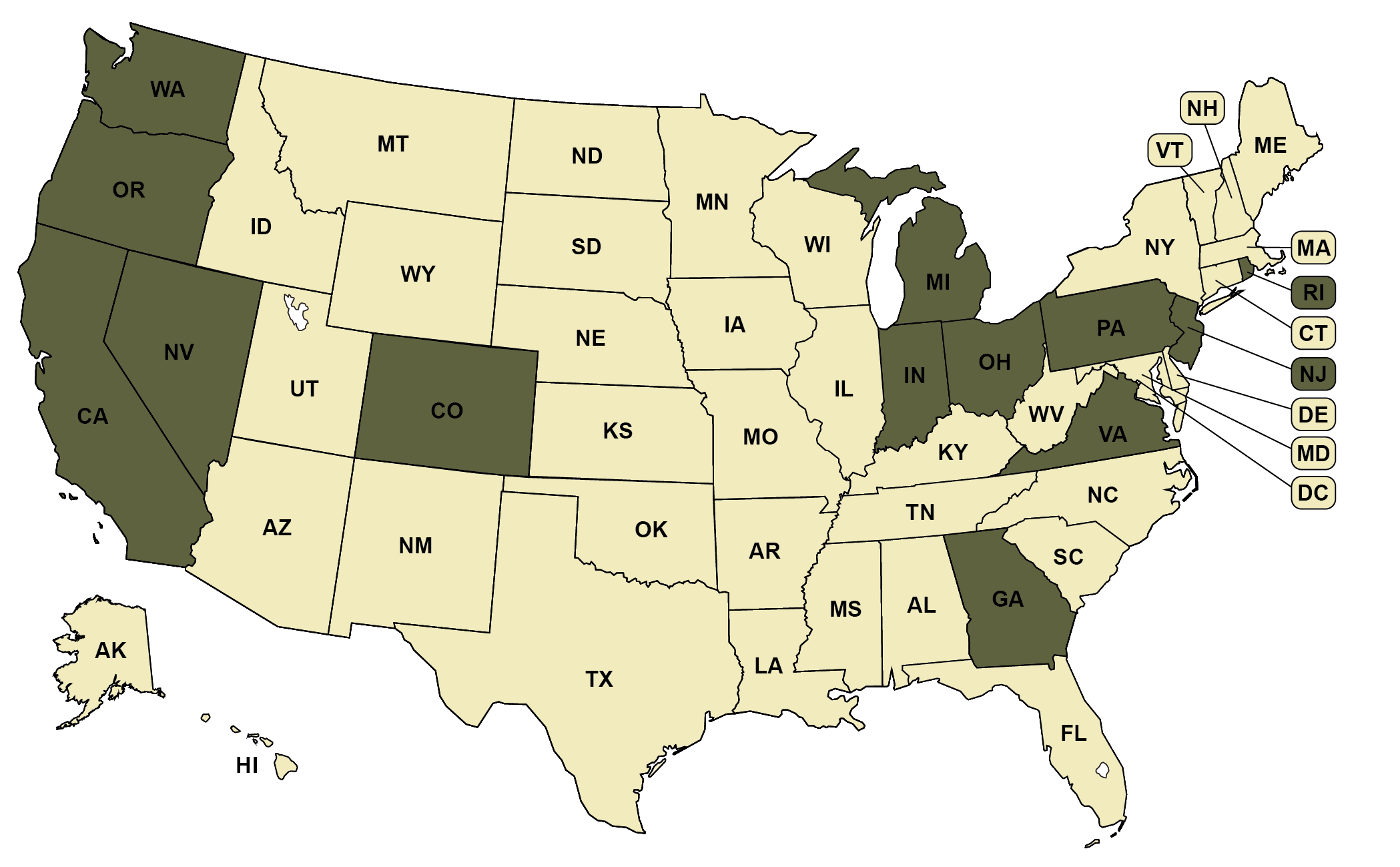Risk Limiting audits are a form of post-election audits that use statistical methods to analyze random samples of ballots and verify the accuracy of election results. In a risk limiting audit, the size of the random ballot sample is increased until there is statistical and objective confidence in the election results. Note: In 2020 and 2021, partisan officials hired unqualified individuals to conduct improper ballot reviews in states like Arizona in an effort to undermine trust in state voting systems and election officials. These efforts, which compromised the integrity of both ballots and voting machines, should not be characterized as audits, as they were designed and undertaken for illegitimate purposes. See also our map on traditional
post-election audits.
-
State conducts risk limiting audits
(13 states)
-
State does not conduct risk limiting audits
(37 states + D.C.)
Recommended citation: Movement Advancement Project. "Risk Limiting Audits" https://www.mapresearch.org/democracy-maps/risk_limiting_audits. Accessed [day of access]
Breakdown by Population
*Note: These percentages reflect the voting-eligible population, as reported by the United States Election Project.
40 % of population lives in states that conduct risk limiting audits
60 % of population lives in states that do not conduct risk limiting audits


